Mercury Marine continue d’augmenter les performances des moteurs hors-bord électriques avec les modèles Avator™ 75e et 110e. Présentés pour la première fois lors du CES 2024 et prévus pour être disponibles plus tard cette année, ce sont nos moteurs hors-bord électriques les plus puissants à ce jour, offrant aux plaisanciers la possibilité de propulser des bateaux de pêche en aluminium, des pontons compacts et même de petites embarcations en fibre de verre avec un système complètement électrique et efficace.
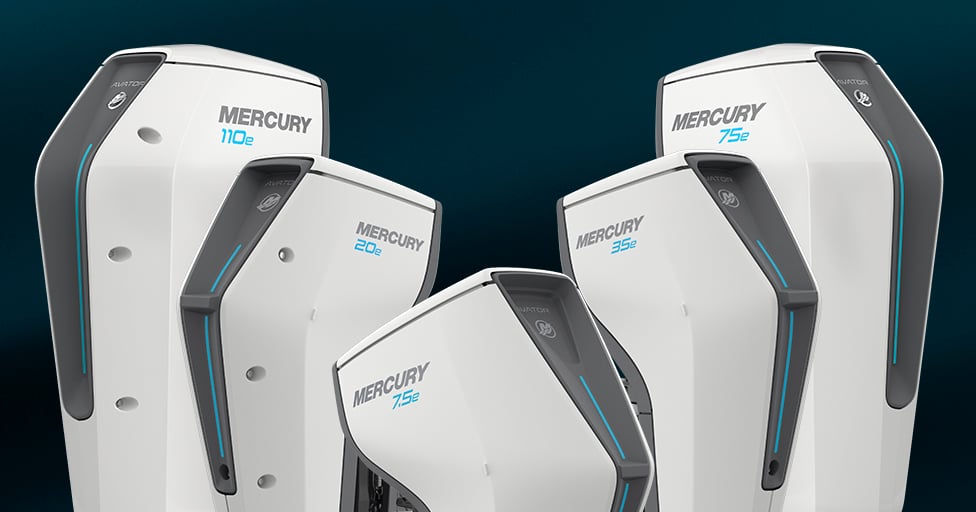
Amplifiez votre aventure
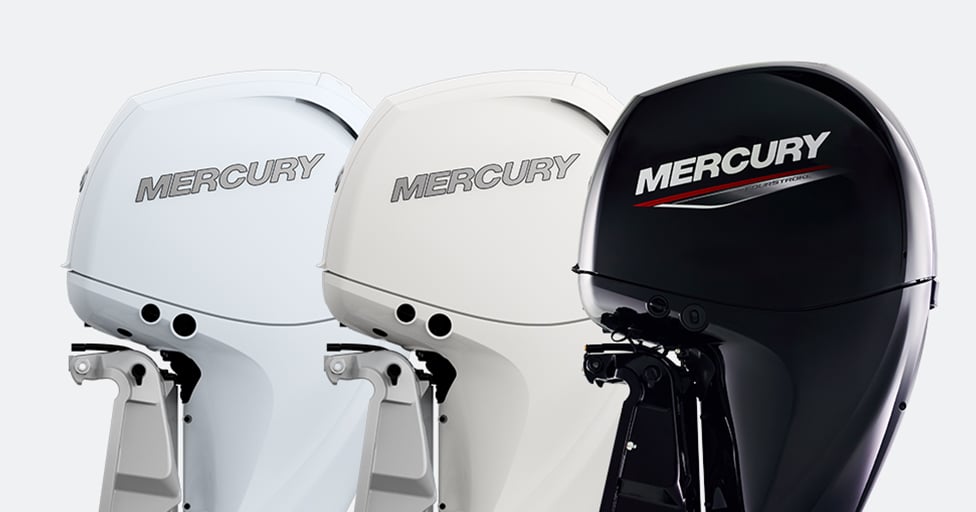
Bienvenue dans la famille!
Vous avez maintenant encore plus de façons de personnaliser vos performances dans notre gamme de moteurs hors-bord intermédiaires. Découvrez les nouveaux moteurs hors-bord FourStroke 150hp en Blanc Fusion Chaud et Blanc Fusion Froid, ainsi qu’un tout nouveau moteur hors-bord Jet de 105hp.
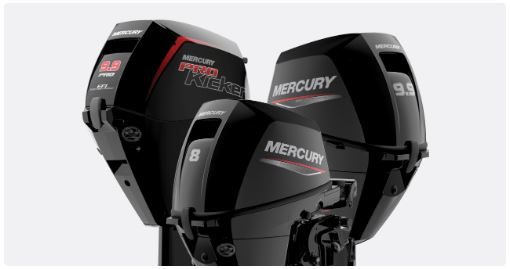
Nouveaux moteurs hors-bord 8 et 9,9 CV EFI
Partez à la poursuite des gros poissons ou des grandes aventures avec les tout nouveaux moteurs hors-bord Mercury de 8 et 9,9 CV, maintenant équipés d'une performance EFI à démarrage facile. Optez pour un ProKicker™ de 9,9 CV pour ajuster avec précision les vitesses de traîne, et des moteurs hors-bord FourStroke de 8 et 9,9 CV pour explorer à bord de petits bateaux.
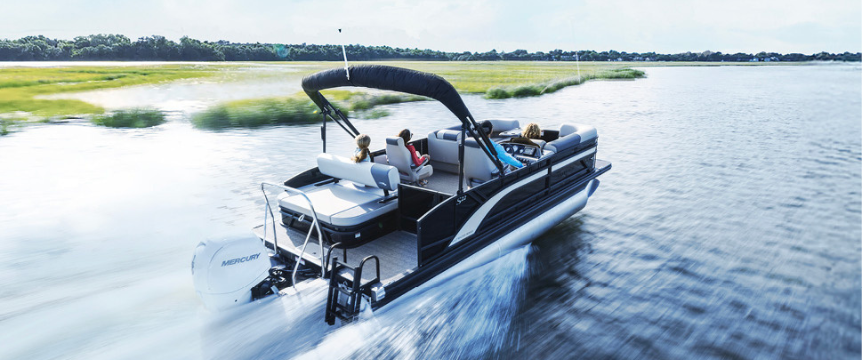
Astuces et conseils pour les débutants en matière de nautisme.
Chez Mercury, nous pensons que tout le monde devrait pouvoir expérimenter la joie et la liberté que l’on peut ressentir sur l’eau.
Notre série sur les bases du nautisme offre des conseils d’experts pour vous aider à commencer votre voyage en bateau en toute confiance.
Pour que vous puissiez vous lancer avec audace dans chaque aventure qui se présente à vous.
SmartCraft® Le pouvoir de faire plus
Les technologies numériques Mercury SmartCraftMD affinent l’ensemble de l’expérience de navigation pour garantir que chaque journée sur l’eau atteigne son plein potentiel. Des instruments et affichages intelligents aux systèmes avancés qui facilitent le contrôle du bateau, SmartCraft vous permet de tirer le meilleur parti du temps que vous passez sur l’eau.
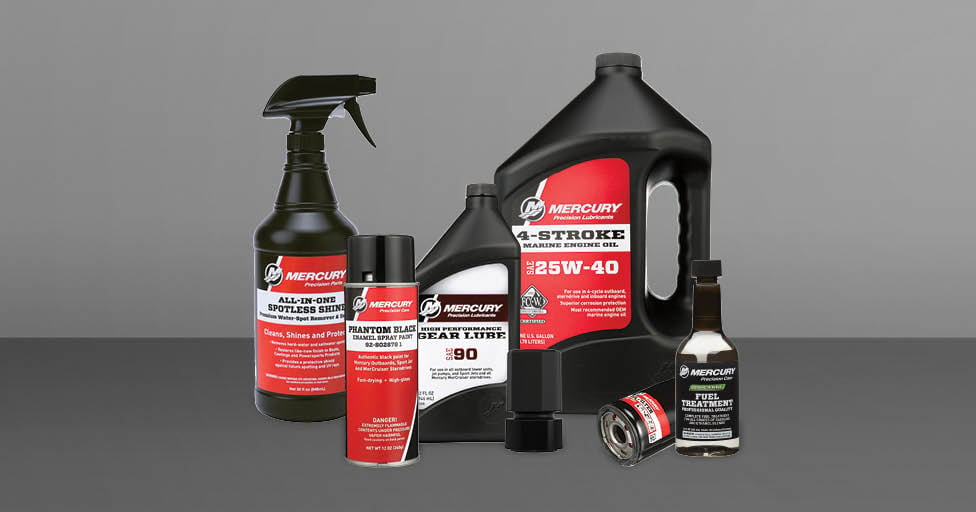
Votre bateau est-il prêt pour la basse saison?
En prélude de nouvelles aventures nautiques, votre concessionnaire agréé Mercury dispose des pièces d’origine et du service expert dont vous avez besoin pour vous assurer que vous ne restez pas sur le quai lorsque l’eau vous appelle. Planifiez votre entretien maintenant.
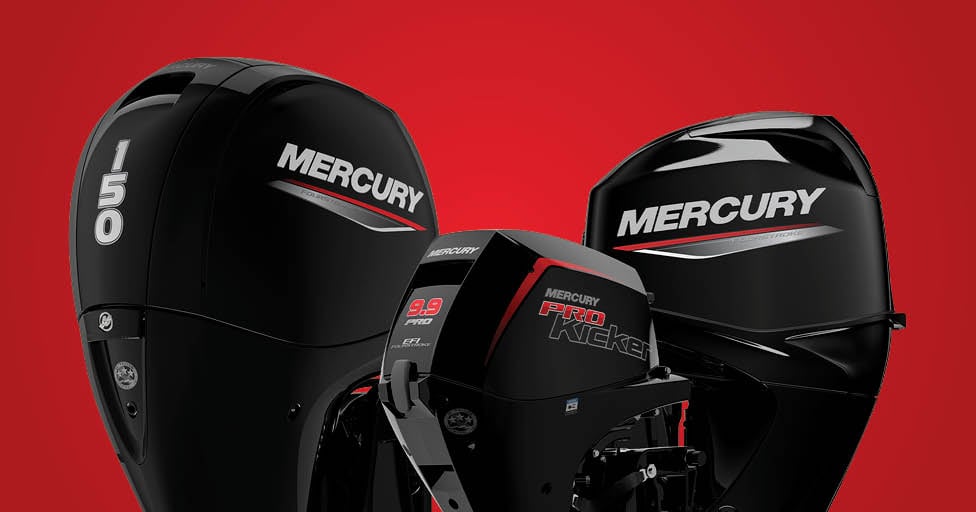
Repower
Your boat still has a lot of memories left to make. Give it the power it needs to continue propelling you on your adventures with a new Mercury outboard.
Données de performance
Mercury engines are designed and tested to provide the highest performance and most enjoyable boating experience possible. Boat House Bulletins provide detailed performance information about Mercury engines on a wide range of boat types and brands, straight from a source you can trust: Mercury Marine.
Mise à niveau avec Mercury
Votre bateau a encore beaucoup de souvenirs à créer. Donnez-lui la puissance dont il a besoin pour continuer à vous propulser dans vos aventures avec un nouveau moteur hors-bord Mercury.
Rapport sur le développement durable
En atteignant nos objectifs actuels en matière de développement durable et en planifiant d’autres réalisations à l’avenir, nous continuerons à montrer la voie en nous engageant auprès de nos partenaires et des communautés dans lesquelles nous exerçons nos activités. Avec des objectifs de développement durable ambitieux à atteindre en 2025 et 2030, Mercury continue à aller de l’avant en s’engageant à réaliser sa vision du développement durable et à montrer l’exemple.


